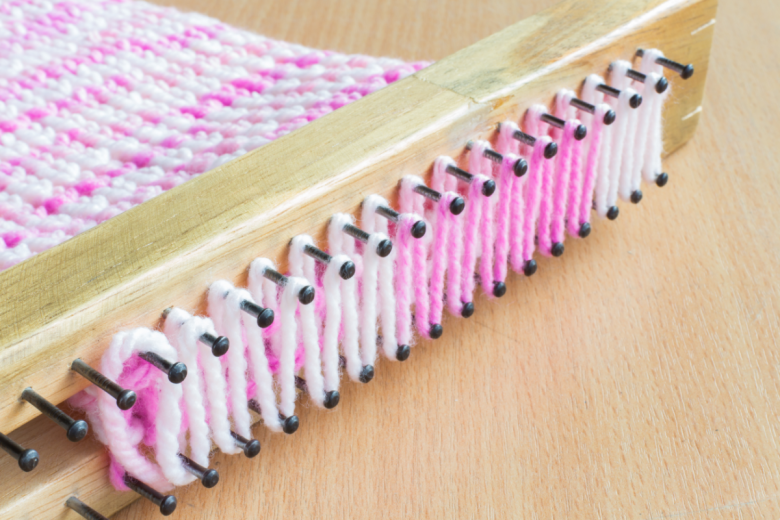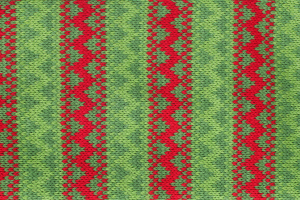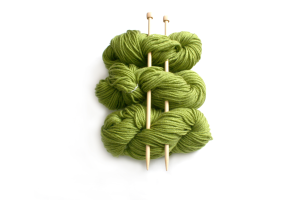Blocking is the unsung hero of knitting. It’s the process of shaping and setting your finished project to its final dimensions. Think of it as giving your knitted piece a spa day! You use moisture, heat, or both to relax the fibers, ensuring your work looks its absolute best.
Blocking not only enhances the appearance of your knitting but also helps correct any slight irregularities in stitches, ensuring a more professional finish. Whether you’ve created a lace shawl, a cozy sweater, or a textured blanket, blocking can bring out the details in your work, making your patterns pop and your edges neat.
This essential step also allows you to customize the size of your piece to achieve a perfect fit or meet specific dimensions. Even the most careful knitters can experience variations in tension, and blocking smooths out these inconsistencies, giving your project a polished look.
In addition to improving aesthetics, blocking improves functionality. It can soften stiff yarns, enhance drape, and even strengthen the structure of your fabric, ensuring your masterpiece is as durable as it is beautiful. Skipping this step would be like leaving your knitting journey unfinished; blocking truly transforms your project from good to great.
Why Do Knitters Block Their Projects?
Why bother? Simple: blocking transforms a wobbly scarf or a misshapen sweater into something polished and professional. It smooths out uneven stitches, aligns patterns, and sets the fabric’s shape and size. Whether you’re working on a cozy cardigan or a delicate lace shawl, blocking is the finishing touch that brings it all together.
The Science Behind Blocking
How Fibers React to Blocking
When you expose yarn to moisture and heat, the fibers relax and reshape. Wool and other natural fibers respond especially well, as they have a natural elasticity that makes them pliable.
The Role of Moisture and Heat in Blocking
Moisture softens the fibers, making them easier to manipulate, while heat sets them in place. The combination helps you achieve that perfect look and feel for your project.
Techniques for Blocking
Wet Blocking: The Classic Approach
Wet blocking involves soaking your piece in water, gently squeezing out the excess (no wringing!), and laying it flat to dry. It’s ideal for natural fibers like wool.
Steam Blocking: A Quick Alternative
For those in a hurry, steam blocking works wonders. Use a steamer or an iron with a steam setting to gently coax your project into shape without soaking it.
Spray Blocking: When to Use It
Spray blocking is perfect for delicate projects. Lightly mist the fabric with water and shape it—no need to submerge.
Tools You Need for Blocking
Blocking Mats: The Essential Base
Blocking mats provide a sturdy, pinnable surface to secure your work. They’re especially handy for larger projects.
Pins and Wires for Precision
Blocking wires and rust-proof pins are game-changers for achieving straight edges and maintaining symmetry.
Steamer vs. Iron: Choosing the Right Tool
Each has its perks! Steamers are gentler, while irons can deliver more direct heat—but be cautious not to scorch your fabric.
Benefits of Blocking
Enhancing Shape and Size Accuracy
Blocking ensures your piece matches the intended dimensions, avoiding any “oops, it’s too small!” moments.
Improving Stitch Definition
Blocked stitches look neater and more uniform, allowing intricate patterns to shine.
Giving a Professional Finish
Blocking elevates your knitting from “homemade” to “handmade,” adding a polished look.
Common Blocking Mistakes and How to Avoid Them
Overstretching Your Knitting
Overzealous stretching can distort your fabric. Take it easy—knitting should still retain its elasticity.
Using the Wrong Blocking Method for the Yarn Type
Some yarns, like acrylic, require steam rather than soaking. Always check your yarn’s care instructions.
Forgetting to Test First
Always test blocking on a swatch to avoid any surprises with your final project.
Types of Projects That Benefit from Blocking
Lace Shawls and Delicate Patterns
Blocking opens up lace patterns, making them look airy and intricate.
Sweaters and Garments
It smooths seams and ensures your garment fits perfectly.
Home Decor Items
From pillows to table runners, blocking helps these items maintain their shape and appeal.
Blocking for Different Yarn Types
Blocking Wool: Best Practices
Wool is a dream to block—it’s highly responsive to moisture and reshapes beautifully.
Blocking Acrylic and Synthetic Yarns
Synthetic fibers need steam to soften and reshape, as water alone won’t do the trick.
Handling Cotton and Linen During Blocking
Cotton and linen require gentle handling to prevent over-stretching. Spray blocking is often a safe bet.
How Long Does Blocking Take?
Drying Times for Wet Blocking
Expect wet-blocked pieces to take 24–48 hours to dry, depending on their size and the humidity in your space.
Accelerating the Process
Place a fan near your project or block it in a well-ventilated area to speed things up.
Creative Uses of Blocking
Reshaping Old Knits
Give new life to misshapen or shrunken items by re-blocking them.
Combining Blocking with Design Adjustments
Blocking can help you tweak the shape or size of your project to better suit your needs.
Tips from Experienced Knitters
Testing a Small Swatch Before Blocking
Always block a test swatch to see how your yarn behaves—it’s like a practice run for your masterpiece.
Maintaining Consistency Across Multiple Pieces
If you’re making a multi-piece project like a sweater, block each piece to the same dimensions for a seamless assembly.
Blocking might seem like an extra step, but it’s the secret sauce for turning good knitting into great knitting. Whether you’re a newbie or a seasoned pro, blocking adds polish, precision, and a professional touch to your projects. So, grab those mats, pins, and steamers, and let your knitting shine!
Blocking is also an opportunity to appreciate the craftsmanship and effort you’ve put into each stitch. As you shape and smooth your piece, you can truly see the design and texture come to life. It’s a moment to celebrate your creativity and the journey of transforming yarn into something beautiful and functional.
Beyond aesthetics, blocking can improve the wearability and durability of your finished projects. Properly blocked items lay flatter, fit better, and maintain their structure over time. This ensures that your work not only looks great but also serves its purpose, whether it’s keeping you warm, decorating your home, or being gifted to someone special.
In the end, blocking is not just a finishing step—it’s a part of the creative process that enhances both the experience of making and the final product itself. So, embrace it as a key part of your knitting routine and enjoy the difference it makes in elevating your craft.




